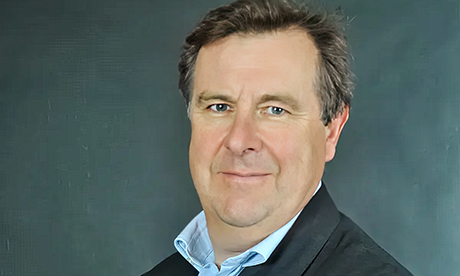The Earl Marshal of England is little known and rarely seen, but he oversees the world’s biggest spectacles.
Queen Elizabeth’s funeral last year is reported to have attracted more than 4 billion viewers, making it perhaps the most-watched event in history.
This was the finest moment for the current Earl Marshall, Edward Fitzalan-Howard, more formally known as His Grace the Most Noble Duke of Norfolk. (Pictured.)
The 18th Duke spent 20 years planning the late queen’s funeral but has had far less time to arrange the coronation of the United Kingdom’s new monarch, King Charles III, on Saturday, May 6.
Despite making the news for dangerous driving and his recent divorce and remarriage, Fitzalan-Howard will try to be as inconspicuous as possible at the coronation, just as he was at the queen’s recent funeral, which will be difficult for a man wearing the most extravagant uniform outside the military or the Church of England.
Since 1484 the Earl Marshal has supervised royal events through the College of Arms with assistance from quaintly named characters such as Garter King of Arms and Rouge Dragon Pursuivant.
The payment these heralds receive is appropriately medieval.
Although the Dukes of Norfolk have held this position since 1672, the first Earl Marshal of the Howard family was John, 1st Duke of Norfolk, in 1483.
A few other families have also had a turn, especially during the tumultuous Tudor era.
The most peculiar choice was Henry VIII, made Earl Marshal by his father at 3.
Unsurprisingly, there is confusion bordering on bewilderment about this post.
The Howard family has held different titles going back more than seven centuries.
On occasion, these have been stripped from them — most notably during the reign of Elizabeth I.
The unrelentingly Catholic head of the family had his dukedom removed, along with all his income.
It would have been little consolation then, but Philip Howard was eventually made a saint, canonized by Pope Paul VI in 1970.
Philip Howard, who should have been the 5th Duke of Norfolk, died at the Tower of London in 1595, accused of being a Catholic and a Jesuit conspirator. Philip’s father, Thomas Howard, 4th Duke of Norfolk, was beheaded at the same location despite denying being a Catholic before the axe came down.
Similar fates befell the 4th Duke’s father and grandfather.
It became a tradition among the Howards to suffer for being Catholic.
The Howard family tells us much about British history, especially Catholic history.
The Dukes of Norfolk have had demotions — promotions have been difficult as they have been at the top for so long anyway.
Some aspired to be kings, while others have been successful statesmen, generals, poets, and cardinals.
One was committed to an Italian insane asylum.
Most clung to their Catholicism, while a few did not.
Others merely talked about converting.
Duke Henry, appointed by Charles II when the monarchy was restored after Cromwell’s republic, told the diarist John Evelyn that he “will go to Church and become Protestant” but couldn’t bring himself to do so.
His son did instead.
It is the Howards’ abilities and persistence that helped rehabilitate Catholics as acceptable members of British society. Continue reading
Additional readingNews category: Analysis and Comment, Great reads.




